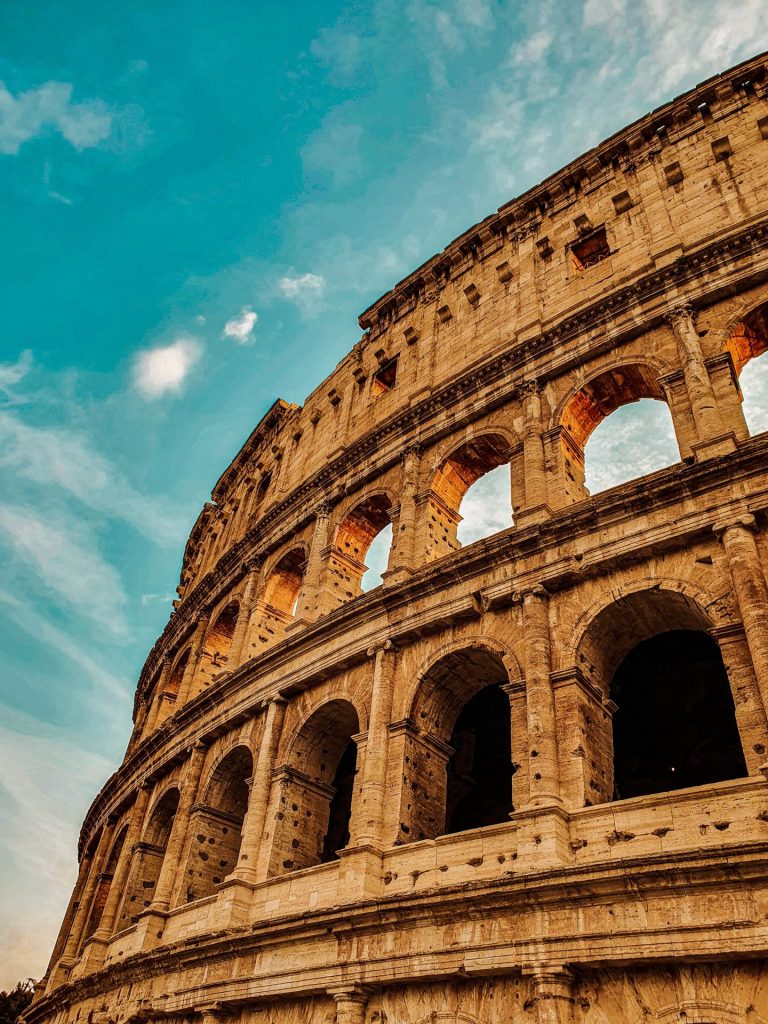What is the Neoclassical Architecture?
Neoclassical architecture is an architectural style that emerged in the mid-18th century as a reaction against the extravagance and ornamentation of the preceding Baroque and Rococo styles. It draws inspiration from classical Greek and Roman architecture, seeking to revive the principles of order, symmetry, and proportion that characterized the buildings of ancient Greece and Rome. Neoclassicism became a dominant architectural style during the late 18th and early 19th centuries and was associated with the ideals of the Enlightenment.

Key characteristics of Neoclassical architecture include:
- Classical Orders:
- Neoclassical buildings often feature the use of classical orders, such as Doric, Ionic, and Corinthian columns. These columns are employed as part of a building’s façade, supporting entablatures and pediments.
- Symmetry and Proportion:
- Emphasis on symmetry and proportion is a defining feature. Neoclassical buildings are typically balanced and harmonious, with a focus on geometric precision.
- Pediments and Porticos:
- Pediments, triangular gables often supported by columns, are a common feature in Neoclassical architecture. Porticos, or covered entrance areas with columns, are also prevalent.
- Tripartite Division:
- Buildings are often divided into three parts, following the classical tripartite division of the facade into a base, main section, and attic.
- Clean Lines and Simple Forms:
- Neoclassical architecture is characterized by clean lines and simple, unadorned forms. Decorative elements are often restrained compared to the elaborate ornamentation of preceding styles.
- Use of Classical Motifs:
- Classical motifs such as Greek key patterns, dentil molding, and friezes with bas-relief sculptures are commonly used for decoration.
- Geometric Shapes:
- Neoclassical buildings often incorporate geometric shapes, such as squares and rectangles, emphasizing order and rationality in design.
- Triumphal Arches:
- The use of triumphal arches, inspired by Roman examples like the Arch of Constantine, is a notable feature in Neoclassical design.
- Roofline:
- Roofs are typically simple and may include a triangular pediment, particularly in temple-like structures.
- Inspiration from Antiquity:
- Neoclassical architects looked to ancient Greek and Roman buildings, such as the Parthenon in Athens and the Pantheon in Rome, for inspiration. The aim was to evoke the grandeur and ideals of classical antiquity.
- Neoclassical Revival:
- Neoclassicism experienced a revival in the mid-19th and early 20th centuries, influencing architecture, art, and design during periods like the Beaux-Arts movement.
Prominent examples of Neoclassical architecture include the United States Capitol in Washington, D.C., the École Militaire in Paris, and the Brandenburg Gate in Berlin. Neoclassical principles also influenced the design of civic buildings, museums, and private residences during its popularity. The style’s emphasis on classical ideals and rationality made it a fitting choice for structures associated with government, education, and cultural institutions.

